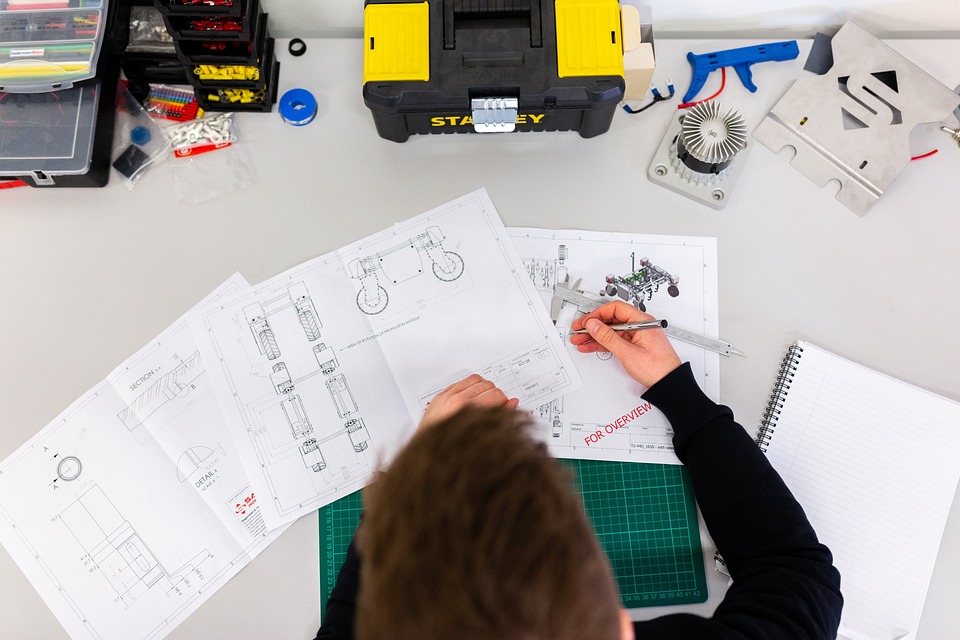Essential Mechanical Engineer Resume Template: Boost Your Job Application Success
Crafting a compelling resume is no mere task; it’s an art form, particularly for mechanical engineers seeking to carve out a niche in a competitive job market. The essence of a standout CV lies not only in the content but also in its presentation. Let’s delve into the essential elements that can elevate your resume from the mundane to the magnificent.
1. Tailored Profile Summary
Begin with a succinct profile summary that encapsulates your professional journey. This isn’t merely a list of qualifications; it’s your personal brand. Aim for a punchy introduction, around three to five sentences long, highlighting your key experiences and what sets you apart. Perhaps it’s your expertise in CAD software or your knack for problem-solving under pressure. Make it memorable.
2. Showcase Technical Skills
In a field as technical as mechanical engineering, a well-structured skills section is paramount. Rather than a generic list, consider categorising your skills. For instance:
- Software Proficiency: SolidWorks, AutoCAD, MATLAB
- Engineering Principles: Thermodynamics, Fluid Mechanics, Structural Analysis
- Soft Skills: Team Collaboration, Project Management, Effective Communication
This not only demonstrates your breadth of knowledge but also allows hiring managers to quickly identify your capabilities.
3. Highlight Relevant Experience
Your professional experience should be the heart of your resume. Each role should be described in a manner that underscores your contributions and achievements. Use bullet points for clarity, and start with action verbs:
- Designed innovative HVAC systems that improved energy efficiency by 20%.
- Led a team of engineers in the successful completion of a multi-million-pound project, under budget and ahead of schedule.
Quantifying your achievements adds weight to your claims. Numbers speak volumes and can make your experience more tangible.
4. Education and Certifications
While your experience lays the groundwork, your educational background and relevant certifications are the icing on the cake. List your degrees chronologically, starting with the most recent. If you’ve completed any industry-relevant certifications, such as Chartered Engineer (CEng) status or Six Sigma Green Belt, be sure to include them. They signal to employers that you are committed to ongoing professional development.
5. Additional Sections
Consider adding a section for projects or publications if applicable. This could be a chance to showcase your hands-on work or contributions to industry journals. Volunteering or extracurricular activities can also be valuable, demonstrating leadership and teamwork skills that are vital in engineering roles.
Crafting a Cohesive Design
Aesthetics matter. A clean, professional layout will ensure your resume is easy to read. Stick to a uniform font and size, and utilise white space effectively to avoid clutter. Remember, simplicity is key; your resume should be a reflection of your professionalism.
The Finishing Touches
Before hitting send on that job application, take a moment to proofread your resume meticulously. Spelling errors or poor grammar can undermine your professionalism. Additionally, consider seeking feedback from peers or mentors in the field. A fresh pair of eyes can often catch what you might overlook.
In the world of mechanical engineering, your resume is your first impression. By following this template, you will not only enhance your job application but also increase your chances of securing that coveted interview.
For more quality CV references, CVPortal continues to provide you with a plethora of resources tailored to help you succeed in your job search.


